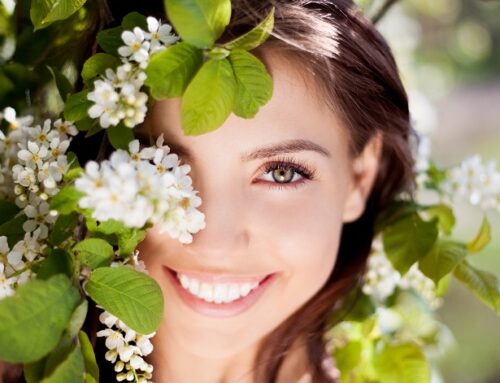By Maria Jauhar, M.D.
Talk about flying under the radar! Our skin is all over us; it’s the first thing people see. It performs incredible functions that enable us to live, like cooling the body. It is our last line of protection from infection and the environment. Some describe the skin as the largest organ of our body, and it accounts for about 12% to 15% of our body weight.
And, yet, most of our attention to the skin is cosmetic, and focused only on a small portion of the skin’s surface.
Is it any wonder doctors recommend giving it a little more respect – and attention.
What are We Dealing with Here?
The skin has at least two layers. The outer layer or epidermis does most of the protecting, yet it also absorbs nutrients and exchanges heat with the air outside. Even the outer layer is surprisingly complex.
The dermis below is made up of connective tissue that gives skin its flexibility. Having two layers itself, the dermis also contains blood vessels, nerves and glands.
Deeper even than that, the hypodermis – not officially part of the skin, but connected in every way – is a layer of fat that enables the skin to move easily over the parts of the body it contains. It also acts as an energy reserve, putting the fats stored in the body back into circulation when they are needed.
Skin is Smart
The smart thing about the skin is how it balances all these functions, responding to our needs and the environment – even forms new cells to repair injuries – without any conscious instructions from us.
The balance and teamwork of our bodies’ systems, called homeostasis, is enabled in large part by our skin.
What can we do to help?
Paying attention to more than just the skin north of our collars is one thing we can do to take a more active part in the well being that depends on our skin.
For most of us, our skin calls for attention first as we approach puberty. The stress and diet that come with becoming social beings can be managed to some extent. The hormones and heredity, not so much. Gentle cleanliness helps, but maybe the best gift to a teen suffering acne is to understand that it’s not their fault. Getting a doctor’s help is a step worth taking, more often than many of us realize.
As we grow older, consistent watchfulness for signs of skin cancer is a health habit to cultivate, watching for new moles, growths or changes in the appearance of accustomed marks anywhere on the body. This vigilance is a small price to pay for the enjoyment we get from outdoor recreation. Regular skin cancer screenings from a medical professional should become part of our routine, especially after age 35.
For “routine skin care maintenance,” cleaning and moisturizing, most research leads back to the simplest answers. Mild soaps or skin cleansers, and lotions that hold the body’s natural oils where they can do their job, seem to come out at the top of the list, no matter how extensive the exploration or sampling.
Making it part of the conversation.
Perhaps the most important self-care you can give your skin is to bring the topic up at your regular medical checkups. Your family doctor will be an excellent source of support.
If you have skin care issues and need to see a physician, just schedule an appointment with us by calling 912.897.6832 or use our online appointment request form.


